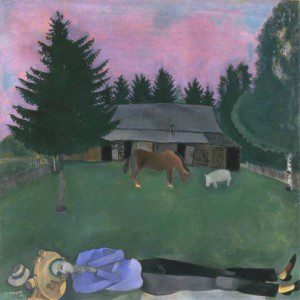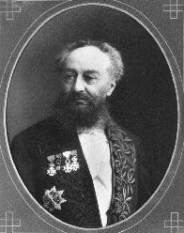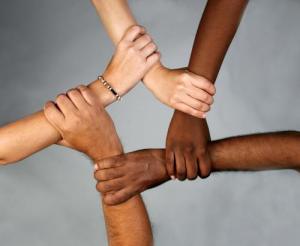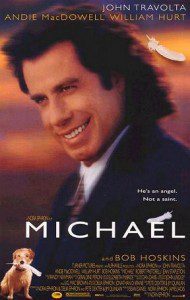
The most original and revealing scientific study of dreams – the only kind that is likely to bring us the big stuff – is research inside dreams, rather than research about dreams.
Charting a path for future research, William C. Dement, a pioneer of scienific investigation of sleep and dreams, appealed back in the 1970s for “trained introspectionists to give us somewhat more confident information about what goes on in the mind during sleep.” Dement suggested that the most important research would require science to recognize that there are some individuals who seem to be “supremely good at recalling their dreams.” Perhaps they could be encouraged not only to increase their recall even further but to attain some degree of mental control inside the dreamstate “which would allow them to attend to the dream more closely with the idea of remembering it and reporting it.”
Dement concluded: “Our major data about the dream world should come from those best able to describe it” – dream experiencers. [1]
A century before Dement made his remarks, the Marquis Hervey de Saint-Denys (1822-1892), a French aristocrat and oriental scholar, made this type of research his ruling passion. He started observing his dreams closely at the age of thirteen, as a way of whiling away his time after completing lessons with his private tutors. Within a year, he noticed he was often aware while dreaming of his “true situation” – that he was dreaming – and was able to “guide their development” consciously. He dreamed, for example, that he was among flowering lilac trees. Aware that he was dreaming, he remembered reading that our memories of smell are “seldom correct” when we wake from dreams. “I caught hold of the branch, and first assured myself that the smell of lilac was recalled in my memory by this imaginary but voluntary act.” [2]
Over decades, Saint-Denys became an intrepid investigator inside his dreams, producing and exploring dream images that revolved

around his research interests. “During the day I reflected on the subjects most worthy of examination; at night, during the dreams in which I was aware of my situation, I sought every possible opportunity to discover and analyze.” [3]
There was a curious blind spot in his dream exploration. He believed that dream images all derive from our waking experiences: that whatever we see in dreams is constructed from life memories. Scientist that he was, he tested this by his experiential method. Perhaps the fact that he was not able – by his own account – to identify dreamscapes that were unrelated to waking life memories was a function of his own belief system. That would fit his own observation that whenever he thought about something in a conscious dream, a corresponding scene or image appeared. Dream images, he concluded, are “the representation in our mind’s eye of the objects that occupy our thoughts.”
Let us add that our best dream scientists are likely to be assiduous dream journalists, keeping detailed logs of their own experiences in the dream worlds, and those shared with them. By collecting and pooling data of this kind, we can overwhelm the silly reductionism that dismisses one-off dream reports as “anecdotal.” If we can point to 1,000 or even 100 dated and authentic dream reports suggestive of precognition, or dream diagnosis, or interactive or social dreaming, we have evidence for these phenomena that cannot be shrugged off because it failed to meet laboratory standards. In these areas, the big game will always elude those who try to pen it in cages. The real dream scientist will seek it where it is to be found, deep in the forests of the night.
References
1. William C. Dement, “Proposals for future research” in Gabrielle C. Lairy and Pero Salzarulo (eds) The Experimental Study of Human Sleep: Methodological Problems. Amsterdam: Elsevier, 1975, 442.
2. Hervey de Saint-Denys, Dreams and How to Guide Them trans. Nicholas Fry, ed. Morton Schatzman M.D., London: Duckworth, 1982, 56.
3. ibid, 20.

